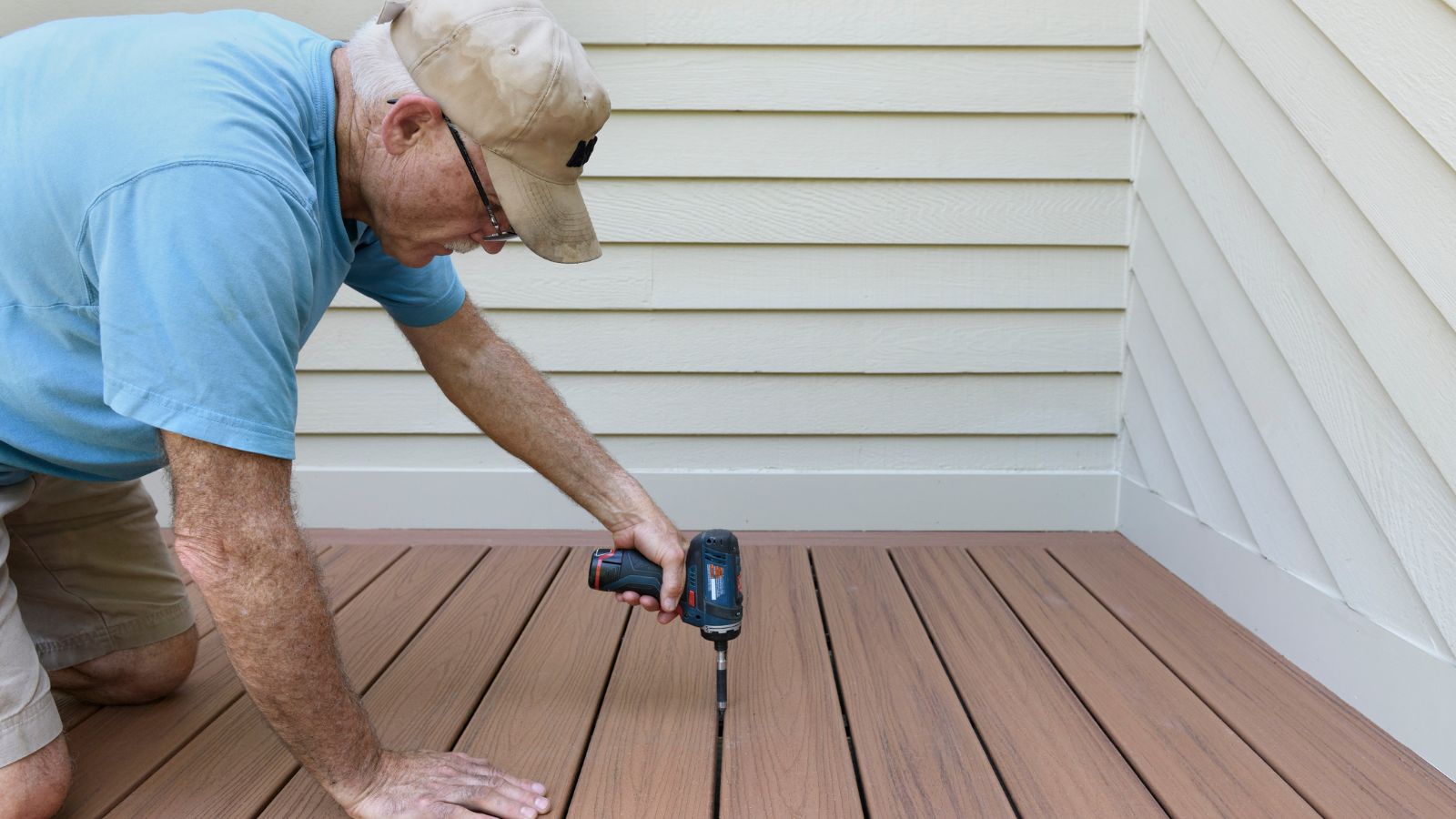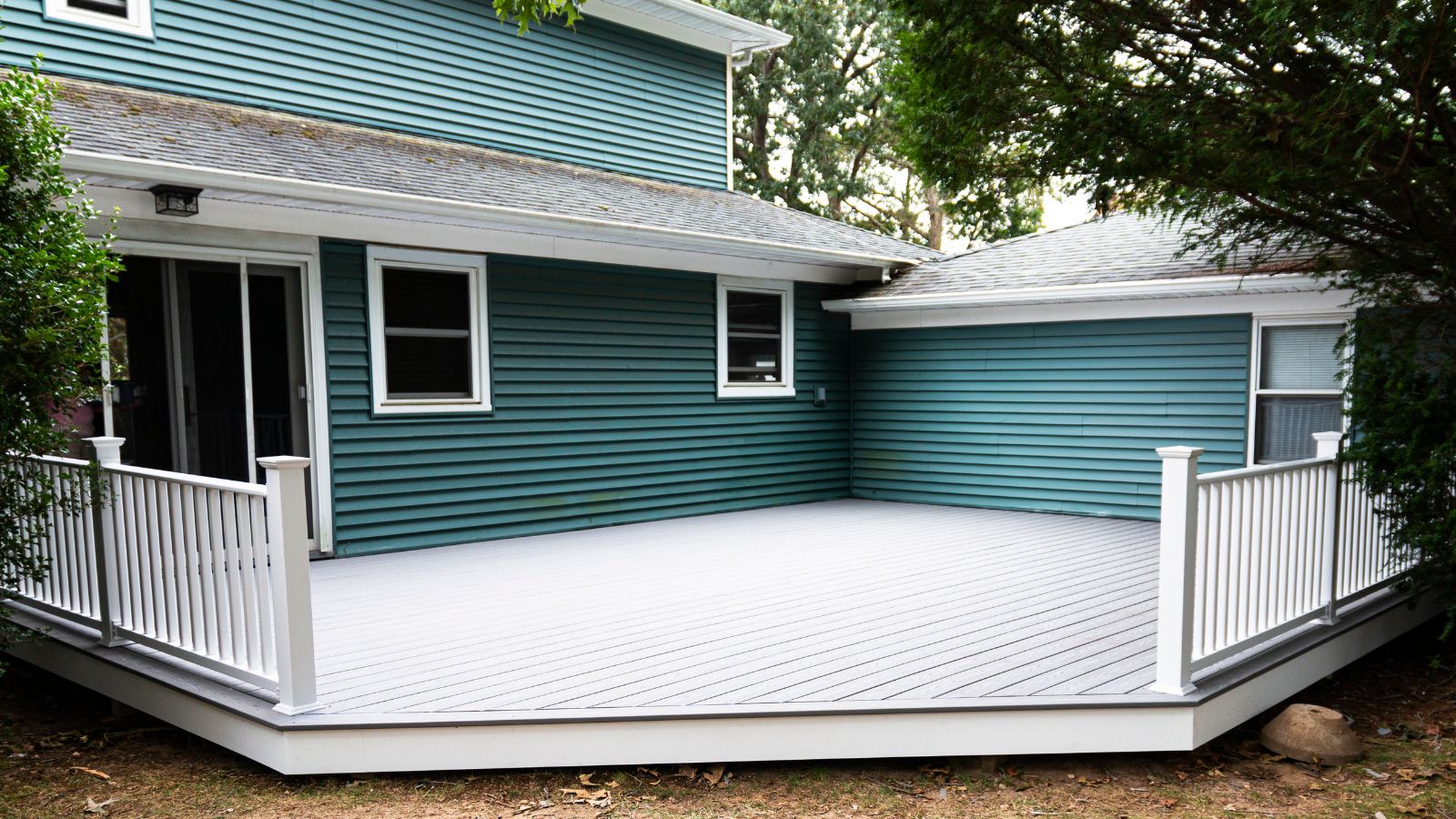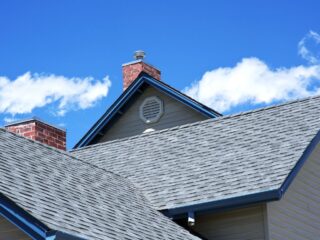
Installing composite decking can be a fantastic way to enhance your outdoor space with a low-maintenance, durable surface. However, even the best products can fall short if the installation isn’t done correctly. We’ve all heard horror stories about decking projects gone wrong, and while it might seem straightforward, there are several common mistakes that can turn your dream deck into a disaster. In this post, we’ll highlight the top five mistakes to avoid when installing composite decking, ensuring your project goes smoothly and stands the test of time.
Mistake #1: Skipping the Planning Stage
One of the most common missteps in decking installation is diving in without proper planning. Skipping this crucial step can lead to all sorts of headaches, from uneven surfaces to waste of materials. Imagine starting a project only to realise halfway through that your measurements were off or your design doesn’t fit the space. Avoid this by investing time upfront in accurate measurements and a detailed design plan. Use graph paper or digital design tools to map out your deck, and ensure you account for any obstacles, such as steps or existing structures. Planning thoroughly not only saves time but also helps you visualise the final result. Are you unsure of the design you want? View more ideas here.
Mistake #2: Incorrect Substructure or Foundation
An unstable or improperly constructed substructure is a recipe for disaster. If your deck’s foundation is not solid, you’ll likely encounter issues like sagging, warping, or even structural failure down the line. To avoid this, make sure your substructure is built to the correct specifications for composite decking. This includes using pressure-treated timber or steel framing, ensuring proper spacing between joists, and installing adequate support beams. Double-check that your foundation is level and secure before laying down the decking boards. A solid substructure is the backbone of a durable deck.
Mistake #3: Not Allowing for Proper Ventilation
Composite decking needs to breathe. Without adequate ventilation, moisture can become trapped beneath the deck, leading to mould, mildew, and even structural damage. This is especially important in areas with high humidity or heavy rainfall.

To ensure proper airflow, leave gaps between the deck boards and ensure there is adequate space around the edges for air to circulate. If you’re installing your deck over a solid surface, such as concrete, consider adding ventilation strips to enhance airflow. Keeping the space under your deck well-ventilated will help prevent moisture-related issues and prolong the life of your decking.
Mistake #4: Improper Fastening Techniques
The way you fasten your composite decking can make or break the final look and functionality of your deck. Using the wrong type of fasteners or not following the manufacturer’s guidelines can lead to problems such as unsightly screw heads, warping, or even boards coming loose. Be sure to use the recommended fasteners for your specific type of composite decking. Generally, this involves using screws or clips that are designed for composite materials. Pre-drill holes to prevent splitting and follow the spacing guidelines to ensure a secure fit. Proper fastening techniques not only enhance the appearance of your deck but also its stability and durability.
Mistake #5: Neglecting Maintenance and Care
Even though composite decking is low-maintenance compared to wood, it still requires some care to keep it looking its best. Neglecting routine maintenance can lead to issues such as stains, surface damage, or a dull appearance. To keep your deck in top shape, develop a cleaning routine that includes sweeping away debris and using a mild detergent to wash the surface. Avoid using harsh chemicals or power washers that can damage the composite material. Regularly check for any signs of wear or damage and address them promptly. By maintaining your deck properly, you ensure it remains a beautiful and functional part of your outdoor space for years to come.
Understanding the Benefits of Composite Decking
Everybody’s saying how great composite decking is. But, do you need more information on this to make up your mind? It’s always beneficial to do your own research before making a big investment.

Indeed, this applies to composite decking since wood has been used for a long time. Let’s take a look at the advantages that composite decking has to offer so you can make an informed decision for your garden.
Easy to Maintain
Think about wood decking for a minute. You’re going to have a lot of work. Every year, you’ll have to clean off algae and dirt. Then, you’ll have to treat the wood and even paint it. Most people don’t realise how much maintenance is involved. Then, compare this to composite decking. All you’ve got to do is sweep it regularly and wash it down a few times a year. There’s no need to buy paint or other products, which makes your life a lot easier. So, if you’re looking for an option that involves minimal upkeep, composite is the way to go.
Long-Lasting Solution
Nobody wants to be paying out for new decking every few years. But, this can be a reality with certain materials. Sometimes, it’s best to invest in quality material from the beginning, even if it costs a little bit more money. Know that Composite decking is becoming very popular for this reason. It’s durable and long-lasting, which ensures you get your money’s worth. What’s more, it has the style everybody loves about wood but in more colours. So, you’re not downgrading.
Better for the Environment
If you’re trying to be more sustainable and help look after the world, know that purchasing composite decking can be a way to do it. In particular, it’s better for the environment due to the materials it’s made from. Since it’s constructed from recycled wood, there’s no need to be cutting down more trees. What’s more, the plastic that’s used in this blend won’t go to landfill. Together, this creates an eco-friendly option that will make you feel good about your renovations.
Conclusion
Avoiding these common mistakes will help ensure a smooth installation process and a deck that you can enjoy for years to come. From thorough planning and a solid foundation to proper ventilation and maintenance, attention to detail is key.





